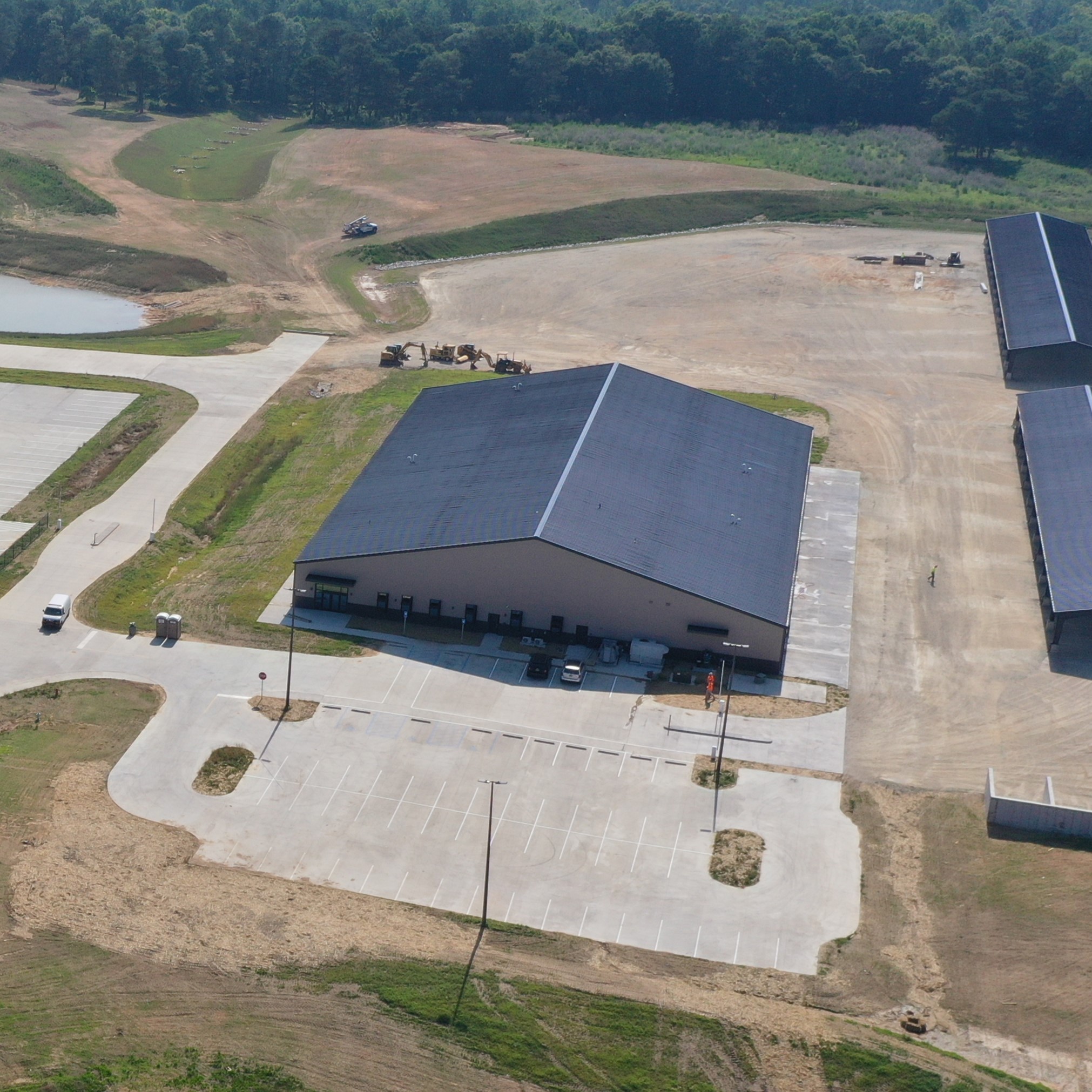Explore Auburn's Tree Canopy

Public Works Building
4277 Wire Rd, Suite 300
-
(334) 501-3000 -
webpw@auburnalabama.org -
- M-F
- 7AM-4PM
-
{{SocialMediaLinks}}
Auburn Street Tree Explorer
What is the City of Auburn Street Tree Explorer?
The City of Auburn was named a Tree City USA by the Arbor Day Foundation in 1984, and we have maintained that designation ever since. We made this app to raise awareness of the City of Auburn’s tree canopy and of the multiple benefits that trees bring to our community.
Where did the numbers come from?
Tree information like species, height and diameter are determined in the field by the City of Auburn Urban Tree Forestry Specialist and staff. Benefits values were calculated using the i-Tree Eco v.6 software from the US Forest Service.
For an overview of i-Tree and the suite of tools they provide, visit their website at www.itreetools.com. For more specific details about the i-Tree Eco methods and models, see the descriptions listed on their website and in the report Understanding i-Tree.
What kinds of benefits does the urban tree canopy provide?
Trees interact with the environment in ways that provide direct benefits to people. These are sometimes called ecosystem services. Some of these services, related to carbon, runoff, pollution, and energy, are presented in the app and explained in more detail below. These services have a monetary value associated with them calculated by the i-Tree Eco tool.
Trees provide many other important services. They are attractive and provide beauty and character to neighborhoods and streets. Evidence suggests that living in proximity to trees and urban greenspace can provide positive public health benefits. Trees also provide habitat and food for a wide variety of animals.
What do the values mean?
The benefits below are provided by a given tree on an annual basis.
Gross carbon sequestration – carbon from the atmosphere in the form of carbon dioxide is consumed via photosynthesis, and stored in a tree’s tissues. The larger and healthier a tree, the more carbon dioxide it consumes and stores. i-Tree carbon sequestration values are calculated based on a valuation of carbon at $188 per metric ton, and CO2 is valued at $51.22.
Avoided runoff – during rain events, trees can physically intercept rainwater with their leaves. Runoff from these events that does reach the ground can flow over impervious surfaces, like asphalt and concrete, overwhelm stormwater collection systems, or bring pollution to natural waterways and water bodies. The i-Tree model calculates the amount of rainwater a tree is capable of holding using local weather patterns and estimates of the size of a tree’s canopy. The value is calculated based on a price of $0.0089 per gallon.
Pollution Removal – trees can remove pollution from the atmosphere in different ways. Particles like dust and soot can be deposited on the surfaces of leaves. Gaseous pollutants can be absorbed via gas exchange through pores in the surface of leaves. The i-Tree model estimated tree uptake and removal of fine particulate matter under 2.5 microns (PM2.5), ozone, carbon monoxide, nitrogen dioxide and sulfur dioxide. The monetary value assigned is calculated based on the value associated with reductions in negative health events (for example, asthma attacks) per ton of these pollutants.
Energy Effects: energy savings – trees can provide shade during the summer, resulting in reduced cooling costs, and block cold winds during the winter, resulting in reduced heating costs. The benefit provided in home heating and cooling is based on the tree’s placement relative to the home. A tree placed in an inopportune position might increase energy use or costs if it cools a house during winter. This is reflected by a negative dollar amount.
Energy savings and carbon avoided estimates are only calculated for trees within 60 feet of a residential building. Energy savings value is calculated based on the prices of $124.10 per megawatt-hour (MWH) and $15.70 per one million British Thermal Units (MBTU).
Energy Effects: carbon avoided – when a tree provides a reduction in heating or cooling costs, there is a corresponding decrease of carbon emissions from power sources as a result of changes in energy use. In other words, a decrease in energy use has an effect on the amount of carbon that would have been emitted to produce that energy.
Total Annual Benefits – This value is the sum of the monetary value of all the above benefits. This number represents the value of ecosystem services the individual tree provides every year.
Other benefits provided are:
Carbon storage – this value represents the amount of carbon stored within the tree’s tissues. While the carbon sequestration value above represents carbon removed from the atmosphere annually, carbon storage represents the carbon stored within the tree that will be released if the tree decomposes.
Why isn’t the street tree in front of my house on the map?
The City of Auburn street tree inventory is large and growing all the time. It includes trees in parks, city facilities, and public right-of-way. Private trees are not included. Read more about the public tree risk assessment and maintenance schedule.
Some street trees are in the inventory, but were not shown here because they need to be updated with more recent measurements. These will be added incrementally as the inventory season continues. Please check back as our inventory grows.
A street tree in front of my house/in a park/on a city facility needs maintenance. How can I report this?
Please use the Auburn FixIt app to report any problems you have noticed with any street trees.
I have a question about a street tree in front of my house/a tree on my property/tree planting. Who do I call?
For any tree questions, please contact Daniel Facklam, Urban Forestry Specialist at dfacklam@auburnalabama.org.
How can I get involved?
The Urban Forestry program relies on dedicated volunteers to support various invasive species removal and tree planting projects. If you would like to be involved, you can sign up to volunteer.
To support Auburn’s Tree City USA status, please consider giving to the Auburn Tree Trust.

